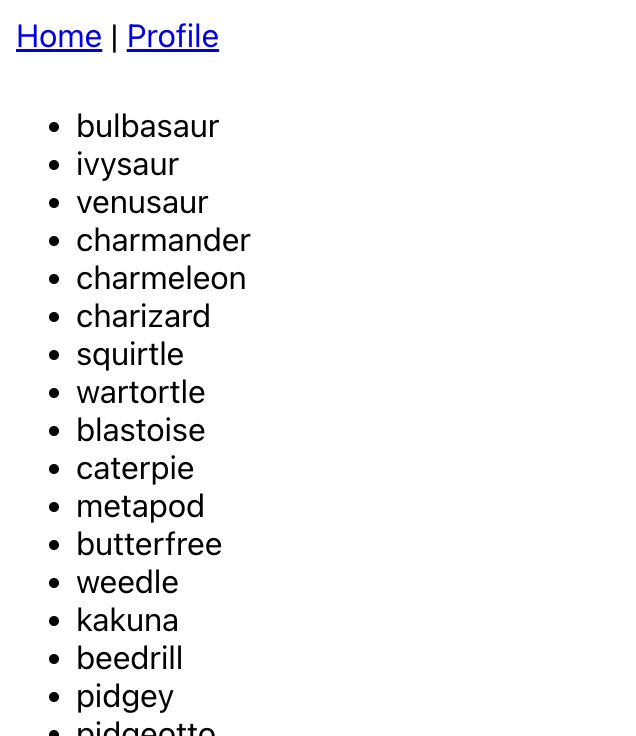First Components
Essential React
Simple React Component
Greeting.tsx
Single-line vs. multi-line JSX
Multi-line JSX should always be wrapped in parentheses.
Component Splitting
Importing another component
WelcomePage.tsxFragments
Components always return a single node.
If you want to return multiple nodes, wrap them in a Fragment to avoid rendering an unnecessary <div>.
Fragments
Using the long-form
Fragment
is equivalent to the shorter
We will see in a bit in which situation the long-form <Fragment> is useful.
Props
We can pass data to child components by setting their props (properties)
A prop can have any type, e.g. it can be a JavaScript primitive, an object, or a function
Props can be defined as required or optional
Pass functions as props to listen to events emitted by child components
Define Props on a component
Testing
Our components can be tested using the Vitest and React Testing Library
Add the library:
Add in the package.json in the scripts section:
Configure
setup.tsConfigure
vite.config.tsTesting our dumb component
Greeting.test.tsxTDD – Test Driven Development
Let us amend the component such that we can set the name through an name property.
Add new test case
Greeting.test.tsx
Implement / Make the test green
Greeting.tsxCheat Sheet
- getBy* - verify that an element/node is present at this very moment. Throws an error if element/node is not found.
- queryBy* - similar to getBy* , but will not throw an error if the element/node is absent.
- findBy* - verify that an element will be present, e.g. upon completion of an asynchronous API-Call
Follow-Up: Continuous Integration
On your CI pipeline you typically want to ensure the quality of the solution
- npm run test:ci which is defined in package.json with the command vitest run without watchmode
- npm run lint
- npm run build
List
To render a list of items, we call the
map
function on an array.
In the callback we map the array item to a JSX element.
We can map to an HTML element or to a custom component.
The JSX element returned from map must have a key prop.
This is a special prop used by React internally to distinguish the elements. It must be unique within the list (e.g. an entity ID).
Use a Fragment to return multiple elements from map .
Here we can't use the shorter <>…</> syntax. Only Fragment can take the key prop.
The children prop
Like HTML elements, React components can be nested:
The parent component receives the child components through the children prop.
The children prop can be rendered in the parent component's JSX.
Exercise
- Set up a new React project using Vite
- Show a list of pokemon names
- Wrap the list in a page structure (containing a nav bar with dummy links)
- Stretch Goal: Test your components using Vitest and React Testing Library

Hints
-
Setting up a new React app:
$ npm create vite@latest pokedex-vite > React > Typescript + SWC $ cd ./pokedex-vite $ npm install $ npm run dev - Start building in App.tsx
- Create a (hard-coded) array of Pokémon and render it as a list
- Create components for the list entry, list, and layout
- Extract components into separate files before a file gets too big
Solution
Solution continued
Solution continued
Solution continued
Solution continued
PokeListEntry.test.tsx
Recap
We learned…
- How to create a simple React component and import it
- Use props to pass data into a component
- Write tests to verify the components behaviour
- Render a list of components
- Create wrapper components using the children prop